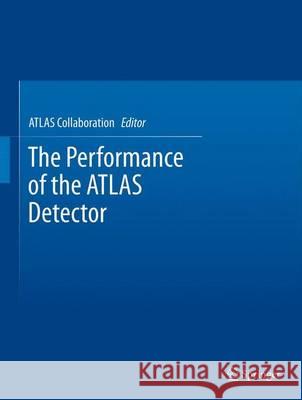The Performance of the Atlas Detector » książka
The Performance of the Atlas Detector
ISBN-13: 9783642221156 / Angielski / Twarda / 2011 / 274 str.
The Performance of the Atlas Detector
ISBN-13: 9783642221156 / Angielski / Twarda / 2011 / 274 str.
(netto: 186,11 VAT: 5%)
Najniższa cena z 30 dni: 192,74 zł
ok. 20 dni roboczych.
Darmowa dostawa!
The ATLAS detector at the CERN Large Hadron Collider is an apparatus of unprecedented complexity, designed to probe physics in proton-proton collisions at centre-of-mass energies up to 14 TeV. It was installed in its underground cavern at the LHC during the period 2004 to 2008. Testing of individual subsystems began immediately with calibration systems and cosmic rays, and by 2008 full detector systems could be operated with the planned infrastructure, readout, and monitoring systems. Several commissioning runs of the full detector were organized in 2008 and 2009. During these runs the detector was operated continuously for several months with its readout triggered by cosmic ray muons. At the same time, regular calibrations of individual detector systems were made. In the course of these runs, signals from tens of millions of cosmic ray events were recorded. These commissioning runs continued until the first beam-beam collisions in late 2009.
This volume is a collection of seven performance papers based on data collected during this commissioning period. Five papers deal with the response of individual detector systems. One paper describes the performance of the simulation infrastructure used to model the detector s response to both cosmic rays and to the later beam-beam collisions. The final paper describes measurements drawing on the integrated performance of several detector systems. It studies lepton identification, the response to low energy electrons, muon energy loss in the calorimeters, missing ET effects, and the combined performance for muons when both the muon spectrometer and the inner tracking detector are used. These papers summarize the studies of the ATLAS detector performance and readiness prior to the start of colliding beam data. They are reprinted from The European Physical Journal C where they were published between summer 2010 and spring 2011."











